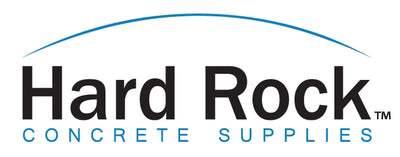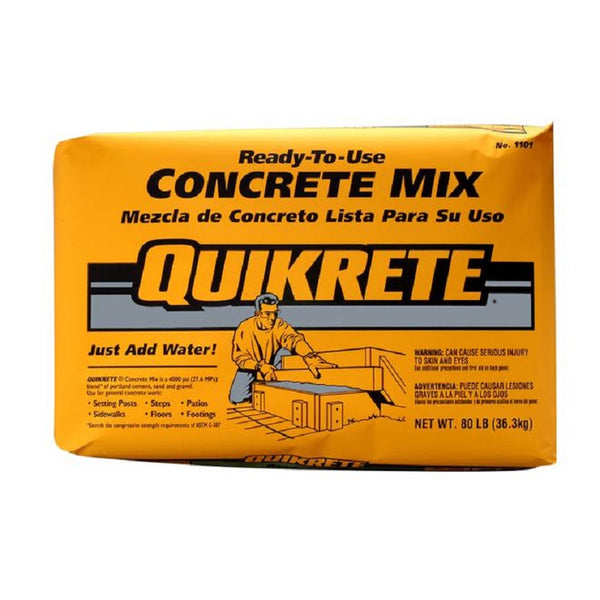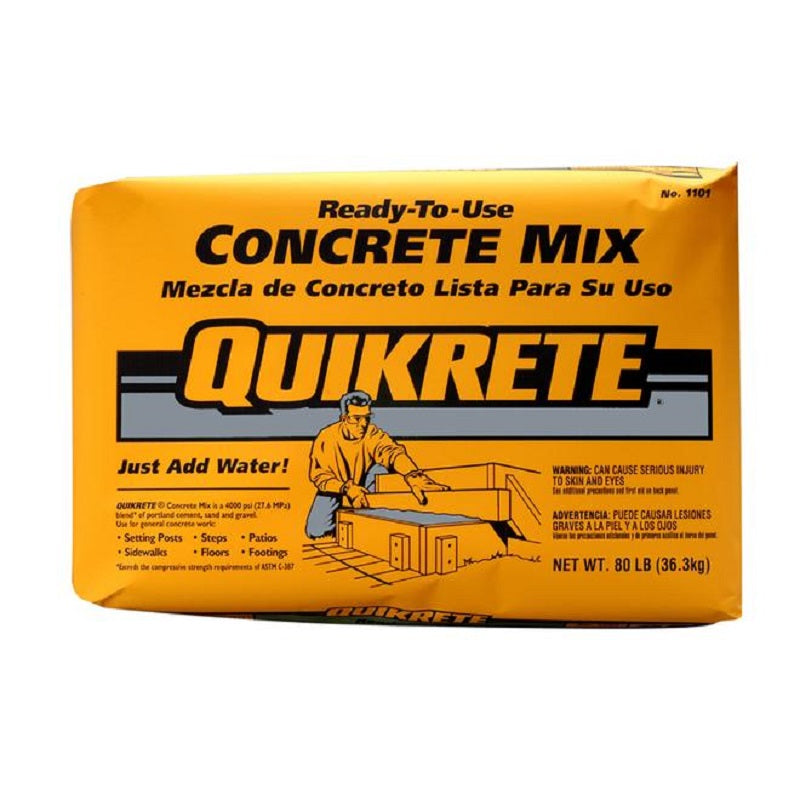Sku: 106563
Barcode: 842467106563
Availability: In stock (143 items)
Product type: Vertical Concrete
Vendor: SureCrete Design Products
$111.99
Sku: 660055
Barcode:
Availability: In stock (9 items)
Product type: Horizontal Crack Repair
Vendor: Logical Resources
$39.99
Sku: 582423
Barcode:
Availability: In stock (44 items)
Product type: Horizontal Crack Repair
Vendor: Roadware
$23.99
Sku: 660079
Barcode:
Availability: In stock (48 items)
Product type: Horizontal Crack Repair
Vendor: Logical Resources
$34.99
Sku: 963284
Barcode: 659725963284
Availability: In stock (22 items)
Product type: Horizontal Crack Repair
Vendor: Roadware
$112.99
Sku: 102329
Barcode: 842467102329
Availability: In stock (7 items)
Product type: Vertical Concrete
Vendor: SureCrete Design Products
$51.99 $72.99
Sku: 102244
Barcode: 842467102244
Availability: In stock (5 items)
Product type: Concrete Repair, Patching, Overlay
Vendor: SureCrete Design Products
$99.99
Sku: 111265
Barcode: 093994111265
Availability: In stock (7 items)
Product type: Concrete Repair, Patching, Overlay
Vendor: Mapei
$30.99
Sku: 272572
Barcode:
Availability: In stock (3948 items)
Product type: Kool-Rod (Backer Rod)
Vendor: Richelieu Hardware
$0.15
Sku: 120206
Barcode: 039645120206
Availability: In stock (6 items)
Product type: Concrete Repair, Patching, Underlay
Vendor: Target Products
$30.00
Sku: 130501
Barcode: 093994130501
Availability: In stock (42 items)
Product type: Concrete Repair, Patching
Vendor: Mapei
$42.99
Sku: 178558
Barcode: 093994178558
Availability: In stock (153 items)
Product type: Concrete Repair, Patching, Underlay
Vendor: Mapei
$32.99
Sku: 117705
Barcode: 039645117705
Availability: In stock (49 items)
Product type: Concrete Repair, Patching, Overlay
Vendor: Target
$40.99
Sku: 275762
Barcode: 093994275769
Availability: In stock (54 items)
Product type: Concrete Repair, Patching
Vendor: Mapei
$24.99
Sku: 785
Barcode: 815202000785
Availability: In stock (24 items)
Product type: Vertical Crack Repair
Vendor: Sika
$19.49
Sku: 102299
Barcode: 842467102299
Availability: In stock (39 items)
Product type: Stamp Mix
Vendor: SureCrete Design Products
$69.99
Sku: 600
Barcode: 815202000600
Availability: In stock (115 items)
Product type: Vertical Crack Repair
Vendor: Sika
$44.99
Sku: 783097
Barcode: 093994783097
Availability: In stock (85 items)
Product type: Concrete Repair, Patching, Underlay
Vendor: Mapei
$36.99
Sku: 329561
Barcode: 093994329561
Availability: In stock (10 items)
Product type: Concrete Repair, Patching, Underlay
Vendor: Mapei
$34.49
Sku: 328564
Barcode: 093944328569
Availability: In stock (11 items)
Product type: Concrete Repair, Patching, Underlay
Vendor: Mapei
$41.99
Sku: 172556
Barcode: 093994172556
Availability: In stock (10 items)
Product type: Concrete Repair, Patching
Vendor: Mapei
$60.99
Sku: 105103
Barcode: 093994105103
Availability: In stock (32 items)
Product type: Concrete Repair, Patching
Vendor: Mapei
$12.99
Sku: 190512
Barcode: 093994190512
Availability: In stock (5 items)
Product type: Concrete Repair, Patching
Vendor: Mapei
$64.99
Sku: 167569
Barcode: 093944167569
Availability: In stock (32 items)
Product type: Concrete Repair, Patching, Overlay
Vendor: Mapei
$39.99
Sku: 105
Barcode: 815202000105
Availability: In stock (5 items)
Product type: Vertical Crack Repair Kit
Vendor: Sika
$109.99
Sku: 155504
Barcode: 093944155509
Availability: In stock (59 items)
Product type: Concrete Repair, Patching
Vendor: Mapei
$12.99
Sku: 158505
Barcode: 093994158505
Availability: In stock (41 items)
Product type: Concrete Repair, Patching
Vendor: Mapei
$15.49
Sku: 053850
Barcode: 039645053850
Availability: In stock (3 items)
Product type: Concrete Repair, Patching
Vendor: Target Products
$12.99
Sku: 102220
Barcode: 842467102220
Availability: In stock (9 items)
Product type: Concrete Repair, Patching
Vendor: SureCrete Design Products
$94.99
Sku: 150554
Barcode: 093994150554
Availability: In stock (12 items)
Product type: Concrete Repair, Patching
Vendor: Mapei
$45.99
Sku: 128102
Barcode: 093994128102
Availability: In stock (26 items)
Product type: Concrete Repair, Patching
Vendor: Mapei
$15.99
Sku: 275844
Barcode: 093994275844
Availability: In stock (25 items)
Product type: Concrete Repair, Patching
Vendor: Mapei
$34.99
Sku: 991183
Barcode: 039645991183
Availability: In stock (50 items)
Product type: Concrete Repair, Patching, Overlay
Vendor: Target
$28.49
Sku: 405949
Barcode: 039645405949
Availability: In stock (126 items)
Product type: Concrete Repair, Patching, Overlay
Vendor: Target Products
$14.49
Sku: 6329
Barcode: 815202006329
Availability: In stock (27 items)
Product type: Vertical Crack Repair
Vendor: Sika
$33.99
Sku: 2789
Barcode: 815202002789
Availability: In stock (29 items)
Product type: Vertical Crack Repair
Vendor: Sika
$24.99
Sku: 102336
Barcode: 842467102336
Availability: In stock (134 items)
Product type: Vertical Concrete
Vendor: SureCrete Design Products
$69.99




